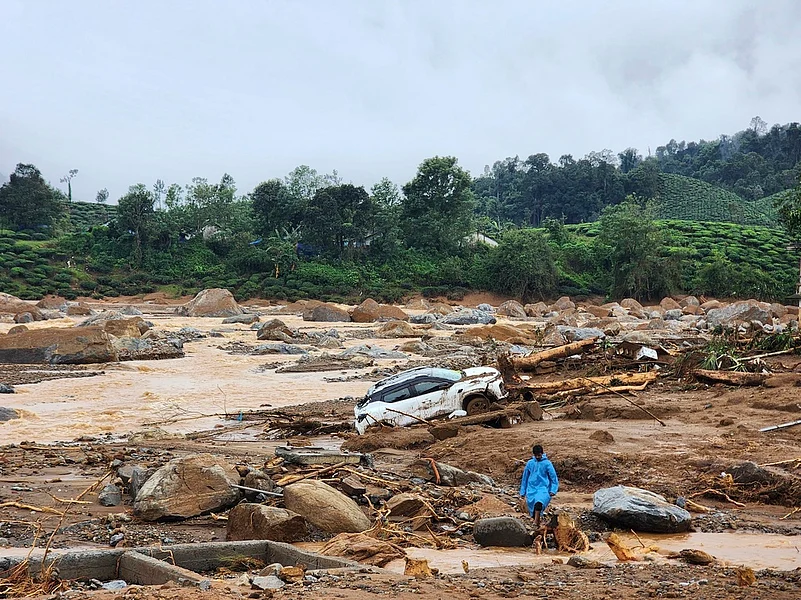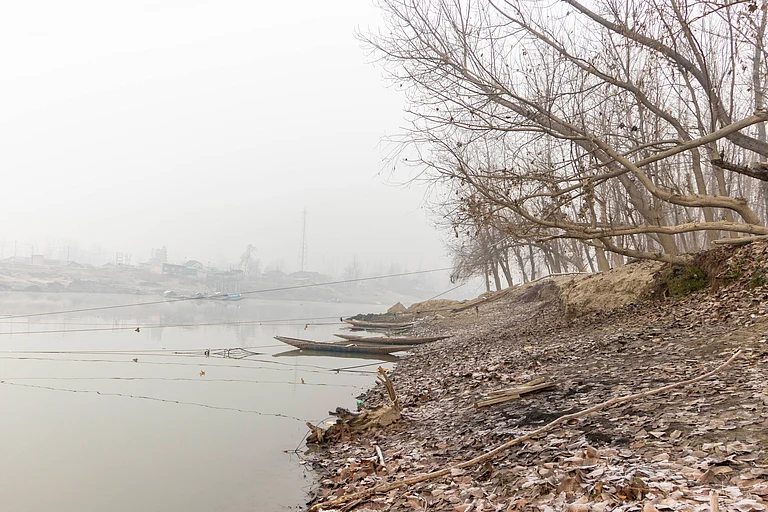As Kerala reels in from the aftermath of the Wayanad landslides, a new study has revealed that the excessive rainfall in the region can be attributed to climate change.
A team of 24 researchers from India, Sweden, the US, and the UK have stated that more than 140 mm of rainfall fell on the day of the landslides on the soil, which had already been highly saturated due to two months of monsoon rains. The excessive rain in turn triggered floods and landslides, killing around 231 people in Wayanad.
"The rainfall that triggered the landslides occurred in a region of Wayanad that has the highest landslide risk in the state. Even heavier downpours are expected as the climate warms, which underscores the urgency to prepare for similar landslides in northern Kerala," stated Maja Vahlberg, a climate risk consultant with the Red Cross Red Crescent Climate Centre.
Scientists from the World Weather Attribution group also analysed climate models to accurately reflect rainfall in the study area. Based on these models, it was learnt that the intensity of rainfall has increased by 10 percent due to the impact of climate change.
As per scientists, with every one-degree Celsius rise in global temperature, the atmosphere's capacity to hold moisture increases by about seven percent. The global temperature of the earth has increased by around 1.3 degree Celsius due to greenhouse gases. Due to this, weather events have turned more extreme.
In Wayanad, WWA scientists have stated that the relationship between land cover, land use changed and landslide risk is not clear, however, factors, such as quarrying for building materials and a 62 percent reduction of forest cover is likely to have increased the slopes' susceptibility to landslides.


























